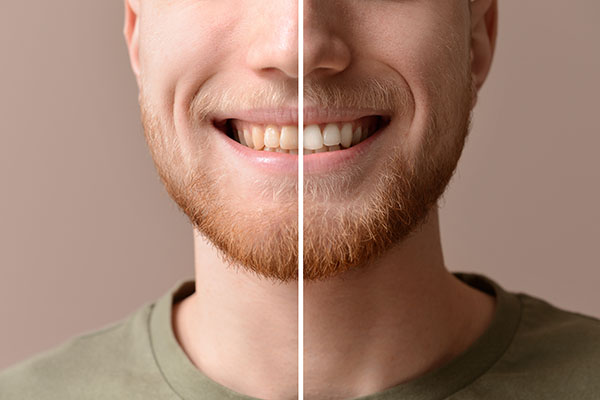 Did you recently have a dental cleaning? Read on to learn the signs that indicate your last dental cleaning was performed well and achieved its intended purpose, which is to remove plaque and tartar and make the mouth cleaner.
Did you recently have a dental cleaning? Read on to learn the signs that indicate your last dental cleaning was performed well and achieved its intended purpose, which is to remove plaque and tartar and make the mouth cleaner.
How can I tell if I had a quality dental cleaning?
A quality dental cleaning should leave your mouth feeling fresh. Teeth may also appear to be brighter and there may be noticeably less plaque and tartar accumulation on teeth and along the gum line. The gums may also feel different and begin to look healthier, as well.
Removal of plaque and tartar
The primary purpose of professional dental cleaning is to remove plaque and tartar build-up from dental enamel and along the gum line. Before the cleaning, most patients can feel small amounts of plaque on their teeth. After the cleaning, the teeth should feel different as all of the plaque and tartar has been removed.
A common misconception is that sensitivity after a dental cleaning means something went wrong. However, some minor sensitivity could be a sign of quality dental cleaning because the enamel is more exposed due to the removal of harmful plaque and tartar, and it can take a few days to adjust to the new feel.
Brighter teeth
Teeth often appear much whiter after a dental cleaning visit. This is not generally the intended purpose of a professional dental cleaning, and not all patients may experience brighter teeth if they did not have much plaque or tartar accumulation on their teeth. However, patients that do have plaque and tartar build-up may start to see teeth have a yellow tint to them. By removing the plaque and tartar, the stains are often removed. Of course, patients can also schedule a professional teeth-whitening treatment to make their teeth even brighter after a cleaning.
Fresh breath
Bad breath is more common than most people realize. The fact is plaque and tartar do not smell good. When it accumulates in the mouth, it can put off an undesirable odor. Subsequently, by removing the plaque and tartar during a thorough dental cleaning, patients typically experience fresh breath that they may not have had before the dental cleaning.
Healthier gums
One of the purposes of dental cleaning is to protect the mouth from gum disease. Some early signs of gum disease include minor swelling, discoloration, and sensitivity. These symptoms often improve after the mouth heals following a dental cleaning procedure. The dentist can also schedule additional treatment, such as the use of a prescribed mouthwash, to help prevent gum disease as well.
Ready to schedule your next dental cleaning?
You can schedule a dentist visit at our practice for your next dental cleaning by calling us or sending us a message. Our team takes great pride in providing a high-quality dental cleaning service that leaves your mouth feeling clean and fresh after every visit. Reap the oral health benefits of a thorough dental cleaning.
Request an appointment or call Dr. Harneet Kaur DDS at 805-205-9298 for an appointment in our Paso Robles office.
Related Posts
Dentists perform dental cleaning to prevent problems like tooth decay and gum disease. A dental cleaning procedure is more intensive than your daily oral hygiene routine.Read on to find out why aftercare is necessary after a dental cleaning. The following also explains how to care for your teeth after professional teeth cleaning.Dentists advise their patients…
Many people question the importance and effectiveness of a routine dental cleaning. To help you understand this preventive treatment, this article covers answers to commonly asked questions about dental cleanings.Patients should get clean teeth and fresh breath after the dental cleaning. Cleanings are normally painless and take less than 45 minutes. The dentist will scrub…
Getting professional dental cleaning is recommended to protect the teeth from cavities, gum disease, and other issues. Read on to learn more about the importance of dental cleanings. Almost everyone knows brushing their teeth is important for reducing the likelihood of oral issues. However, following these routines alone is not sufficient to protect your oral…
